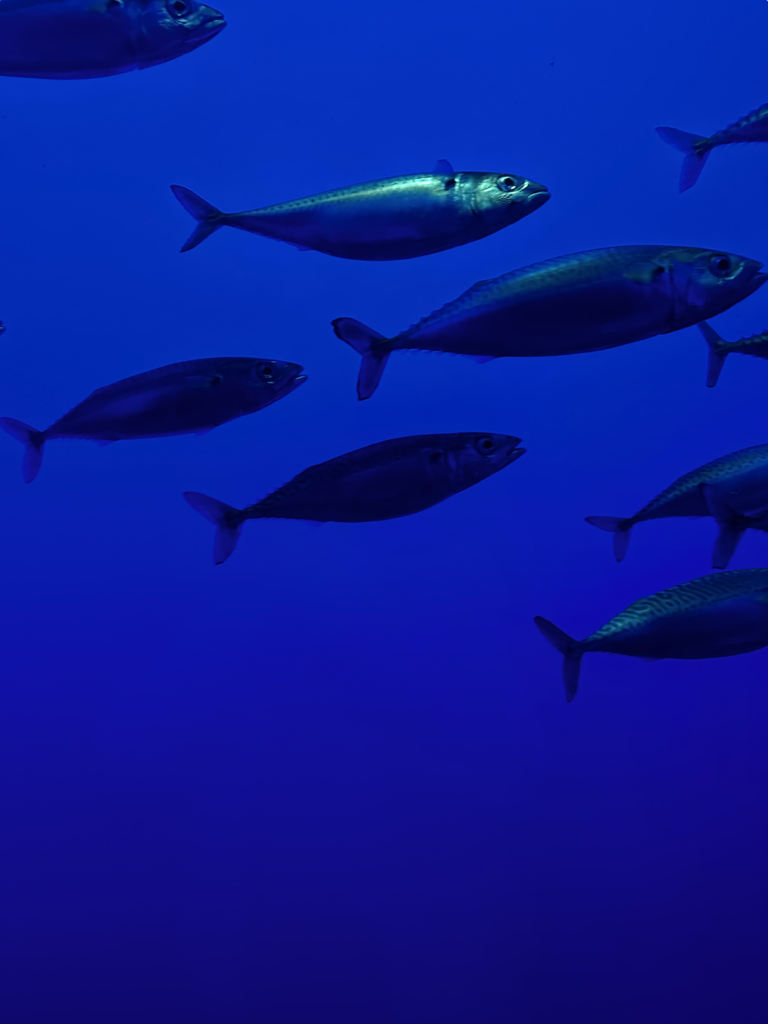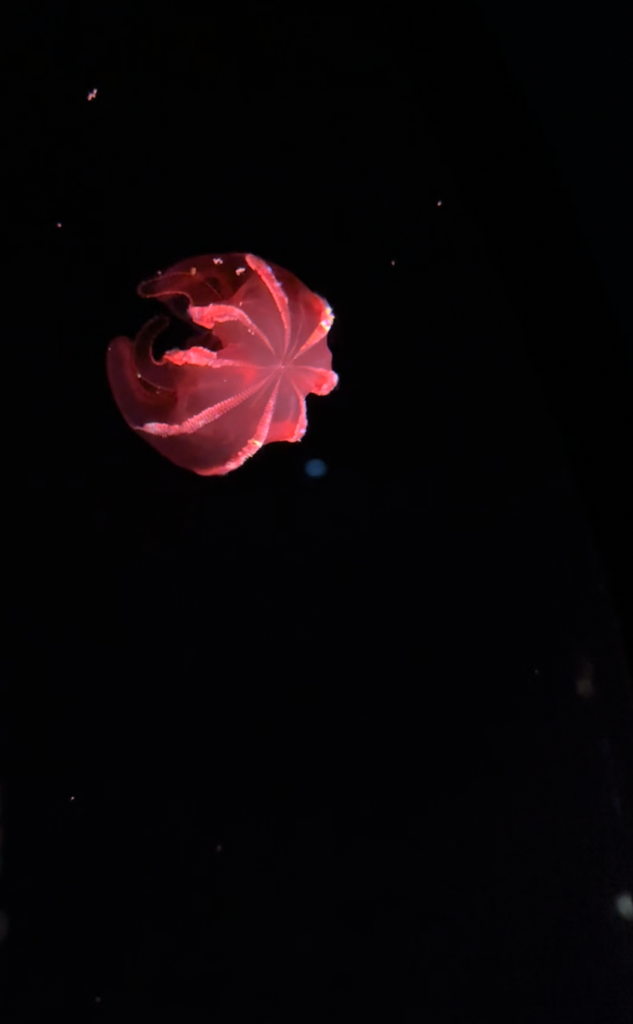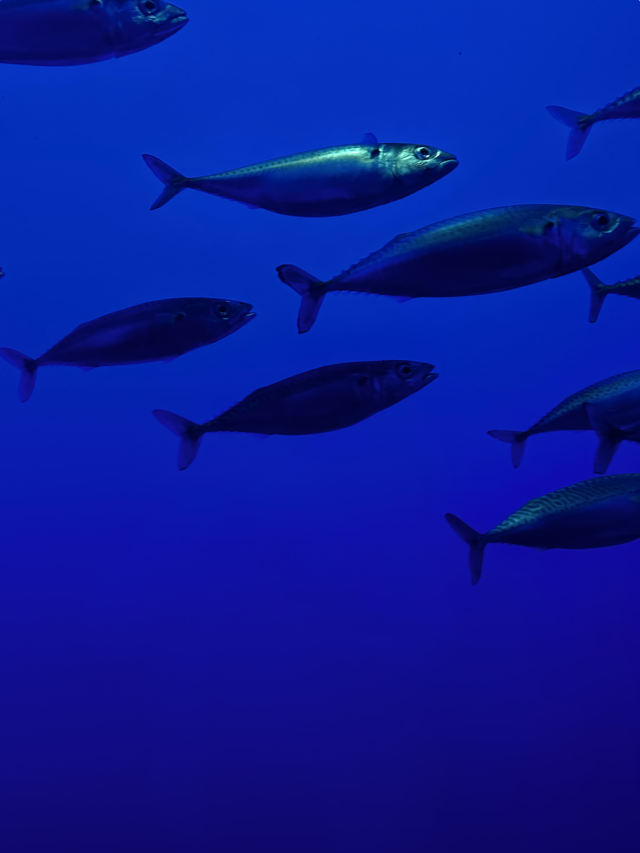This week I took a side trip to Monterey Bay Aquarium that has had me pulling back and thinking about the larger project into which this summer’s research fits—a typology of institutions of animal captivity. Having previously worked and conducted research at other comparable institutions (zoos and aquariums in NYC), it was especially interesting to me to see the Monterey Bay Aquarium, which is reputed to be one of the best, if not the best, in the world. On the one hand, it was striking to see that the only differences between Monterey Bay and other such institutions that I was able to notice over the course of my (admittedly brief) visit seemed to be on the side of the human experience, the experience of the visitor/consumer: cleanliness of the spaces through which humans move, more educational booths and displays, more tech—in short, an encyclopedic abundance of “content.” But I’m not sure any of these things make for a nicer place to live for captive non-human animals. On the other hand, it was illuminating to compare the priorities underlying the Monterey Bay Aquarium institutional program and those that I’ve seen on display, implicitly and explicitly, at the rescue/rehab where I’ve been spending my time this summer, where decisions—from decisions about infrastructure to decisions about the care of individual animals—are centered firmly on animals’ wellbeing, their preferences, and their right to have agency over their surroundings and their care.
I’ve found it useful to think about the term “sanctuary,” which Elan Abrell, whose work has been an inspiration for me, reflects on in his book Saving Animals. This word as applied to institutions of animal captivity has undergone some changes in meaning over the last few decades. Originally it evokes something like an Edenic alternative for animals deemed unfit to live in the wild. Increasingly it has come to serve as a catchall for a wide range of institutions. The term gets used not only to refer to places like the one where I’ve been this summer (which does not in fact use the term to describe itself); it has also been appropriated by roadside zoos and non-accredited facilities of the kind that the Tiger King series has helped make notorious. In his book, Abrell points to the religious undertones that survive in this term. I’ve been thinking this week about different ways in which these (secular) institutions hold animals sacred. In the rescue/rehab model, the moral value of animals (the “sanctity” of animal life) is inextricably attached to this animal, the animal that is in front of me, and by whom I must do right—there’s no getting around this. In the zoo/aquarium model, on the other hand, the dominant logic seems to me to be one of “sacrifice”: the value of any individual animal is contingent upon what its display and its treatment can mean for other animals, of its own or another kind. The moral logic of the zoo/aquarium is one of trade-offs: the charismatic captives that we come to see bring in money that can be put to purposes of research or conservation.
Without calling into question whether the trade-off model, the model of “sacrifice,” can make moral sense—and while acknowledging that all captive animal institutions involve trade-offs of one or another kind—I do think it is urgently important to learn from places where the animal in front of us, be it a charismatic wolf or an unprepossessing squirrel, is considered at every stage—and is never considered expendable.


